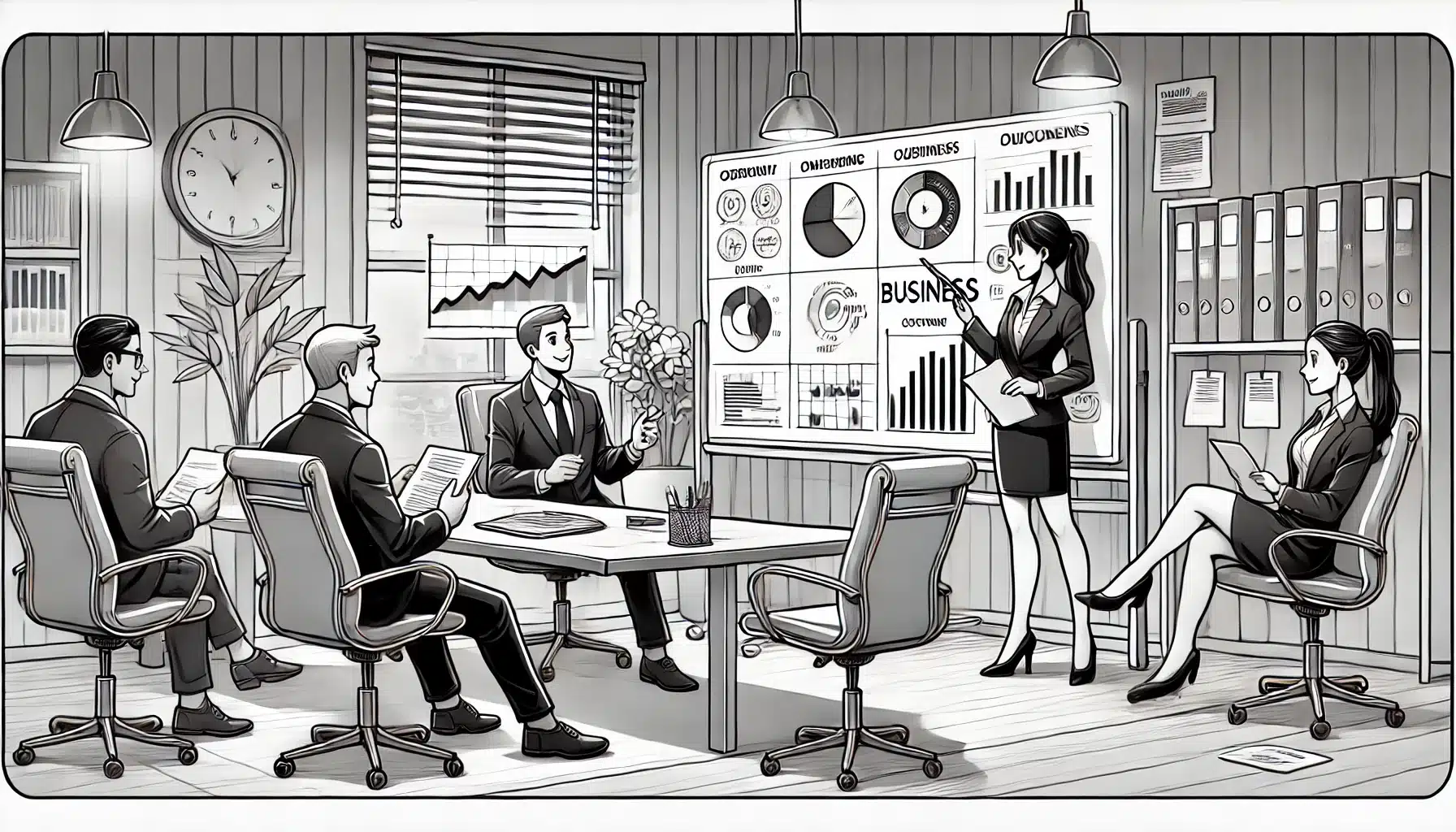Are you looking for an engaging way to convey information or tell a story to your audience? Whiteboard animation videos are an excellent option for doing just that. They are a highly effective way of communicating complex ideas in a simple and engaging way. In this article, we will provide you with a step-by-step guide to creating your first whiteboard animation video.
Step 1: Plan Your Script The first step in creating your whiteboard animation video is to plan your script. Start by defining the purpose of your video and the message you want to convey. Once you have a clear idea of what you want to communicate, you can start writing your script. Keep in mind that the script should be concise, engaging, and easy to understand. You can use storytelling techniques to make your script more interesting.

Step 2: Create Your Storyboard Once you have your script, the next step is to create a storyboard. This is where you sketch out the visual elements of your video, including the characters, setting, and props. A good storyboard is essential because it helps you to visualize how your video will look and how it will flow. You can create your storyboard by hand or use a digital tool such as Storyboarder.

Step 3: Record Your Voiceover The voiceover is the audio track that accompanies your video. It is important to record a high-quality voiceover because it can make or break your video. You can use a professional voiceover artist or record your voiceover yourself. Make sure to use a high-quality microphone and record in a quiet space.

Step 4: Create Your Animations This is where the real magic happens. Using animation software such as VideoScribe or Doodly, you can bring your storyboard to life. Start by adding the basic elements of your video, such as the background, characters, and props. Then, add in the animations that will make your video engaging and interesting.

Step 5: Add Your Voiceover and Sound Effects Once you have completed your animations, the next step is to add your voiceover and sound effects. Use your animation software to synchronize your voiceover with your animations. You can also add sound effects to enhance the overall experience of your video.
Step 6: Export and Share Your Video The final step is to export and share your video. Export your video in the appropriate format, such as MP4 or AVI. You can then upload your video to platforms such as YouTube, Vimeo, or Wistia. You can also embed your video on your website or share it on social media.

In conclusion, creating a whiteboard animation video is a fun and engaging way to communicate your message to your audience. By following the steps outlined in this guide, you can create your first whiteboard animation video with ease. Remember to plan your script, create a storyboard, record a high-quality voiceover, animate your video, add sound effects, and share your video with the world.



